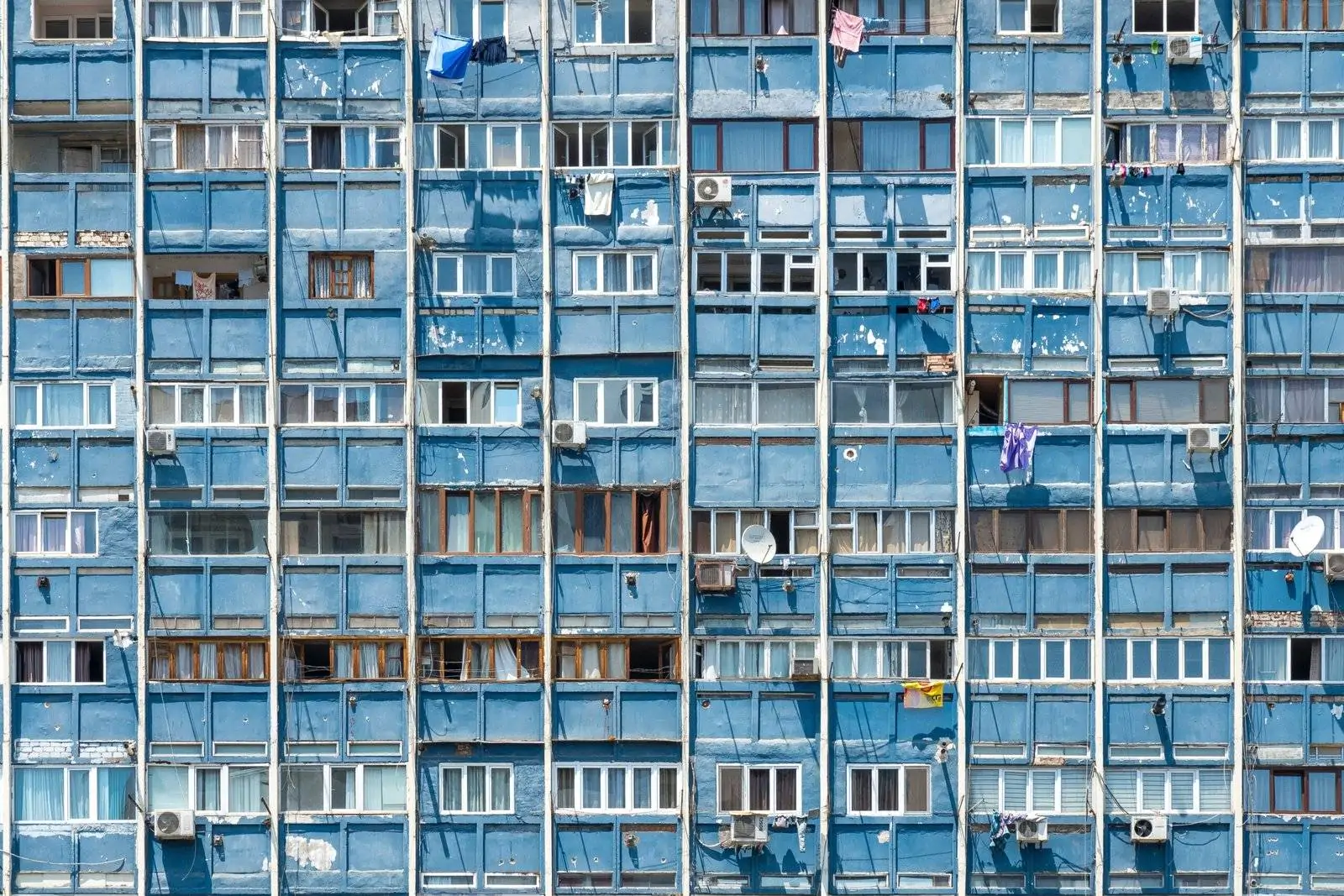A roof is one of the most critical components of any structure, providing protection from the elements and maintaining the integrity of the building. However, when shingles are missing or damaged, the roof’s ability to perform its job is compromised. In this blog post, we’ll delve into the question: How long can a roof go without shingles? We’ll explore the potential risks of leaving a roof exposed, discuss factors that affect the timeline, and provide solutions to mitigate damage.
The Importance of Shingles
Shingles serve as the first line of defense against rain, snow, wind, and sunlight. They help to waterproof the roof and prevent moisture from seeping into the underlying layers, such as the decking and insulation.
Additionally, shingles contribute to the overall structural integrity of the roof by distributing weight evenly and providing support against external forces.
How Long Can a Roof Go Without Shingles?
The question of how long a roof can go without shingles is a common concern for homeowners facing shingle damage or loss. While there is no one-size-fits-all answer, several factors influence the timeline before significant damage occurs.
Immediate Vulnerability
As soon as shingles are missing or damaged, the roof becomes vulnerable to the elements. Without the protective barrier provided by shingles, the underlying roofing materials are exposed to rain, snow, UV rays, and wind.
Short-Term Protection
In the short term, roofs without shingles may still have some protection from the underlying underlayment or felt paper. These materials are designed to provide a temporary barrier against water intrusion until permanent repairs can be made.
Weather Conditions
The timeline for how long a roof can go without shingles largely depends on the prevailing weather conditions. In regions with mild climates and infrequent rainfall, the risk of damage may be lower compared to areas prone to heavy rain, snow, or high winds.
Accelerated Deterioration
Harsh weather conditions can accelerate the deterioration of exposed roofing materials. Rainwater can seep through gaps in the roof decking, leading to water stains, mold growth, and structural rot. UV rays can cause the roof decking and underlayment to degrade over time, compromising their integrity.
Structural Integrity
Prolonged exposure to the elements can weaken the structural integrity of the roof. Moisture infiltration can cause the roof decking to warp, rot, or deteriorate, posing safety risks and increasing the likelihood of costly repairs or replacement.
Risk of Interior Damage
In addition to structural damage, a roof without shingles increases the risk of interior damage to ceilings, walls, insulation, and belongings. Water intrusion can result in unsightly stains, mold growth, and potential health hazards for occupants.
Pest Infestation
Exposed roof areas provide entry points for pests such as insects, rodents, and birds. These pests can cause further damage to the roof and interior of the building, as well as pose health risks to occupants.
Solutions to Mitigate Damage
If your roof is missing shingles or has damaged areas, it’s essential to take prompt action to prevent further deterioration:
- Temporary Repairs: In cases of minor damage or leaks, you can make temporary repairs using roofing cement, tarps, or sealants to provide interim protection until permanent repairs can be made.
- Professional Inspection: Schedule a thorough inspection by a qualified roofing contractor to assess the extent of the damage and recommend appropriate repairs or replacement options.
- Shingle Replacement: If a significant portion of the roof is missing shingles or has extensive damage, consider replacing the entire roof or affected sections to ensure long-term protection and structural integrity.
- Regular Maintenance: Implement a routine maintenance program to inspect the roof for signs of damage, such as missing or lifted shingles, damaged flashing, or clogged gutters, and address any issues promptly.
Read More: How Long Does a Concrete Tile Roof Last?
Conclusion
The length of time a roof can go without shingles depends on various factors such as weather conditions, roof pitch, roofing material, and location. However, delaying shingle replacement can lead to water damage, structural issues, increased energy costs, and pest infestation.
It’s crucial to address missing or damaged shingles promptly to protect your investment and maintain the integrity of your home or building. If you’re unsure about the condition of your roof, consult with a professional roofing contractor to assess the situation and recommend appropriate solutions.


